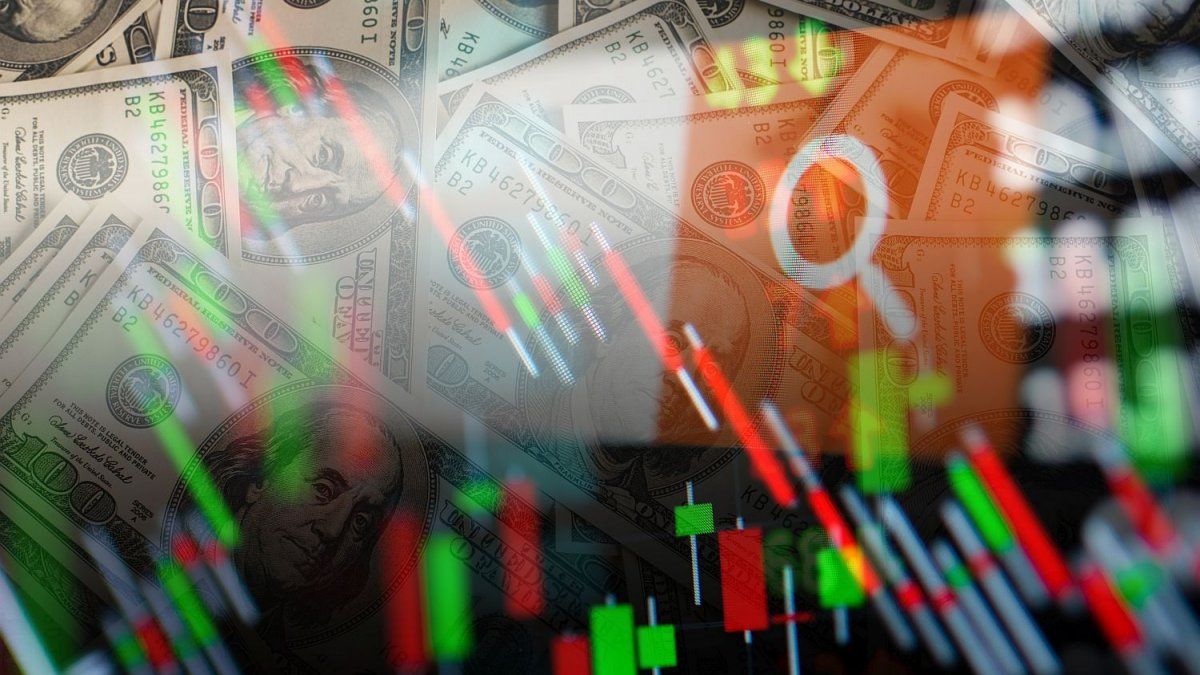. – There were important changes, and we will see it in the attached table, the blender did its thing. In 3 months the monetary base increased very little, in fact the monetary circulation went from $6.6 trillion to 7.8 trillion, with an increase of 14.7%, while between December and February inflation was 71.3 %. This shows the fall in the purchasing power of money in circulation. The blender also worked with the Central Bank bills, since they rose 46.9%, while the stock of debt in dollars increased by 70% in hard currency, and more than inflation in pesos.
Clipboard01.jpg
Not all problems are resolved
. – Not at all, we still have to pay for imports from the year 2023, and also about US$ 10,000 million of imports paid between December 2023 and February 2024. Argentina would need a credit to increase the reserves, if we added US$ With an additional 15,000 million, the reserves would total close to US$ 43,488 million, and if we measured it against monetary liabilities that total $49.1 trillion, we would have an equilibrium exchange rate of $1,128.
If fresh money arrives, will it change our lives?
. – Of course yes, that is why it is important that the public sector continues to show positive results. If this persists over time, they could even improve our country’s credit rating.
If the money doesn’t arrive and they don’t improve our grade
. – Then we will be in trouble, because today the balance sheet of the Central Bank is still very weak, since if we take the current reserves versus the monetary liabilities it would give us a balance dollar of $1,723
The market is discounting the arrival of funds from abroad
. – I think so, look at the price of sovereign bonds, the AL30 is already trading at US$48.50, there is less and less to go before it reaches US$60.0 and there the government will have the possibility of going in search for an international credit operation against delivery of title guarantee.
What would happen if the government gets a loan of US$25 billion?
. – I think we would be on the verge of a change in the economic plan, with that amount of money the interest rate would no longer be negative against inflation as it happens today, where for the fixed term they pay you an effective rate of 107.0 % annually, and the probable future inflation rate would be around 130.0% annually. If the market has a positive interest rate, the way you finance yourself in the country will change, because credits in pesos will be very expensive.
What’s going to happen with the dollar?
. – It is likely that the dollar will remain stagnant, and the fixed-term rate in dollars will continue to be very low, therefore, financing should be in dollars.
At what rate do you place dollars in the United States?
. – At 5.1% per year in an American treasury bill, however, in Argentina you get financing in dollars below said rate, either through a stock bond or a promissory note placed in the capital market. There are banks that have put together financing in dollars at rates ranging from 0% to 3% annually, these are good times to take advantage of them.
Can the dollar escape the rise?
. – If the world supports Argentina that will not happen.
Will private dollars enter the country?
. – Work is being done on laundering, all that remains is agreement in the chambers to approve it, it will be free for less than US$ 100,000, and at a rate of 5% if you externalize more than US$ 100,000 until July 31, 2024, 10% until September 30, and 15% until November 30, 2024.
Is the exchange of information with the United States coming?
. – It is very advanced, it is not a topic in which I specialize, but it would be good to consult a tax advisor if you have an undeclared account in the United States.
Is the soybean and corn harvest coming?
. – The latest rains are going to bring some problems, and a locust is complicating late corn with very heavy losses in northern Argentina. However, I will provide you with information on estimated harvest and merchandise sold with price. As you can see, the rural man does not look favorably on either the price of soybeans or the price of the dollar; only 1.6% of the expected harvest has been sold at a price. In corn, only 8.3% of the expected harvest has been sold at a price. In wheat, with the harvest already harvested, only 43.0% of the harvest has been sold at a price. The producer does not want to sell at these prices because he does not cover the expenses incurred in the campaign. The price of soybeans is $255,000 per ton, in the case of corn $146,000 per ton, and in the case of wheat $175,000 per ton.
Clipboard01.jpg

Conclusions
. – If US$ 15,000 million reach the coffers of the Central Bank to strengthen reserves of Argentine sovereign bonds in dollars, they will have a very positive evolution.
. – If US$15 billion does not arrive from abroad to strengthen the coffers of the Central Bank, bonds in pesos adjusted for inflation will continue to rise and will be very attractive.
. – Stocks are not showing favorable results, and the international context looks adverse, since it is presumed that the United States could be on the verge of taking profits.
. – The dollar will continue to flatten because monetary circulation remains low, and there is no fuel to boost the rise of the American currency.
. – Assets such as real estate and vehicles will continue to rise in dollars, beyond a specific offer that they should take advantage of, prices will continue to rise in the following months.
.- The government should temporarily lower withholdings to give aid to the producer and enable him to settle his production at a better price. The ideal would be to obtain a reduction in withholdings by law, encouraging settlement through a differential exchange rate would be a return to the outrages of the past.
. – For more specific investment information, I recommend the private report where we make specific recommendations.
Financial analyst
Source: Ambito
I am a 24-year-old writer and journalist who has been working in the news industry for the past two years. I write primarily about market news, so if you’re looking for insights into what’s going on in the stock market or economic indicators, you’ve come to the right place. I also dabble in writing articles on lifestyle trends and pop culture news.




